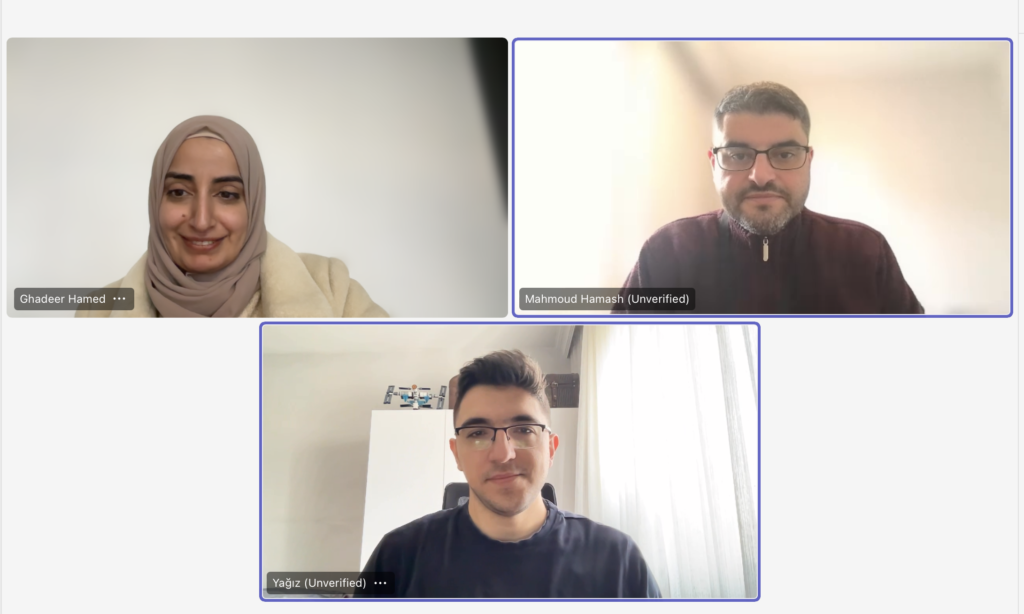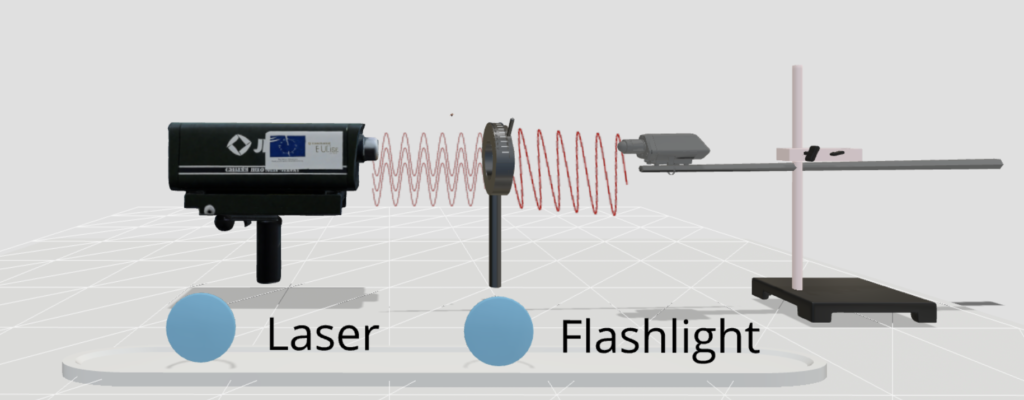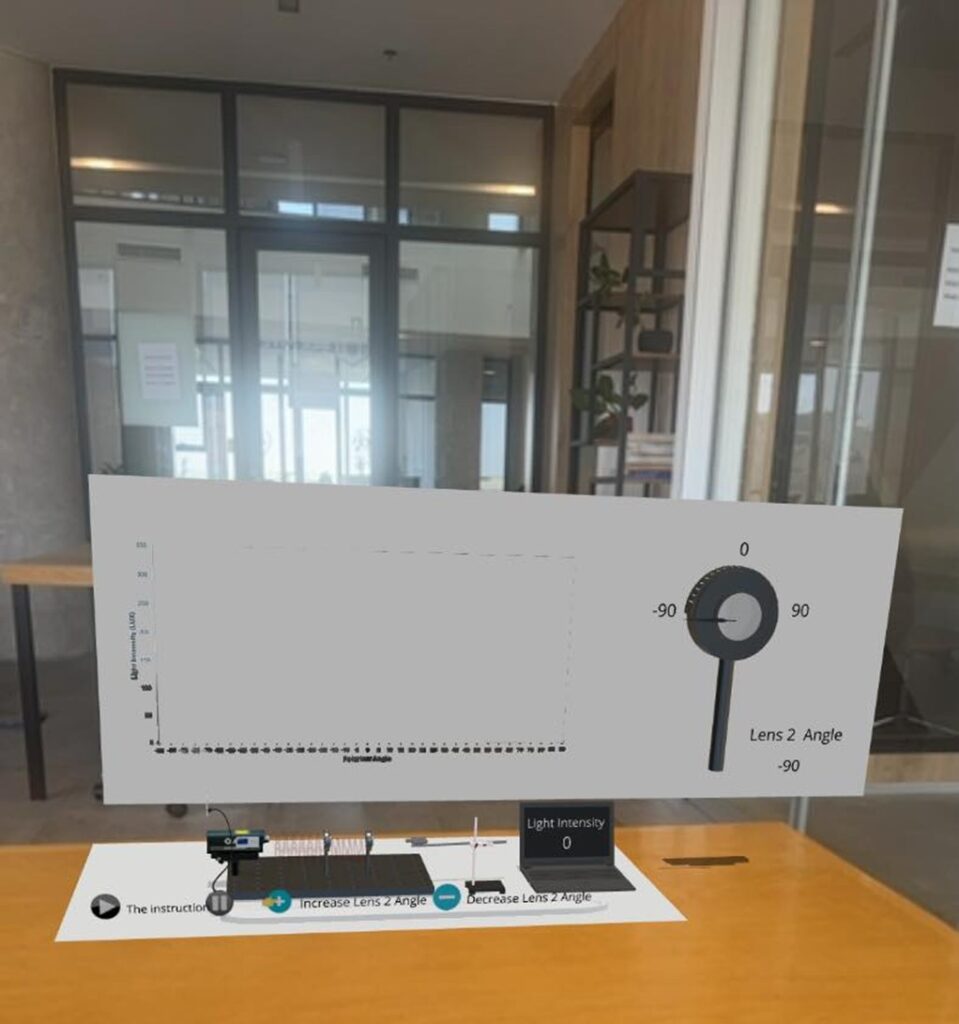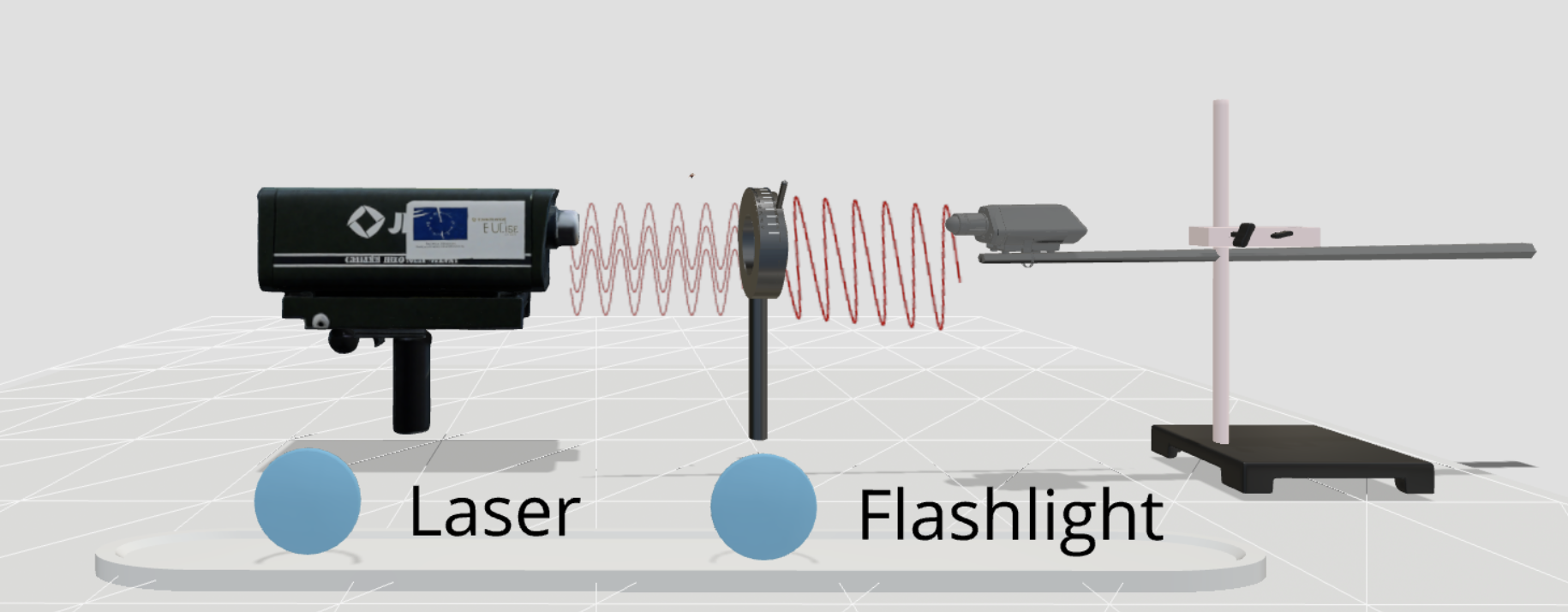A research team is developing a browser-based platform that enables teachers to create augmented-reality lessons without writing code. The roadmap includes AI-generated 3D, video and audio assets plus a guided/locked mode that gives educators control, with a freemium business model that keeps basic scene viewing free. A first working prototype will be piloted in Finland, Ireland and Palestine to gather classroom feedback before a public beta.
2.5.2025
Ghadeer Hamed, University of Eastern Finland
Heikki Immonen, Karelia University of Applied Sciences
The platform aims to lower the barrier for creating classroom AR experiences
A new project is building a browser-based tool that lets educators assemble augmented-reality (AR) lessons without writing code. Its intended users range from primary schools to universities and vocational colleges, all of whom share the same pain-point: existing AR tools expect technical expertise that most teachers do not have, and ongoing challenges in teaching of abstract concepts and practical skills in online and hybrid environments.

The core team—doctoral researchers Ghadeer Hamed (University of Eastern Finland) and Mahmoud Hamash (Dublin City University) together with XR developer Yağız Eraslan—draws on research into educational uses of AR to keep the product anchored in pedagogy. Ghadeer’s doctoral research is focused on use of AR in education.
A user-guided discovery process is steering feature development
The spark for the project for Ghadeer, the project lead, came from her PhD work and the training program developed by the CUDIS project at UEF, and she is currently enrolled in the ‘Business for Doctoral Researchers‘ course this semester.

Right now, the team is refining a minimal set of features for the first demo version. Choosing an initial customer segment proved difficult because AR spans many subjects and age groups, so the team mapped potential use cases against impact, personal networks and segments ability to pay. They then spoke with teachers in Ireland, Finland and Palestine to understand the “job-to-be-done” in each context, and they continue to iterate internally between every round of educator feedback.
Early benchmarking showed the value of teacher control and AI-generated assets
Familiarizing oneself with the competing solution is a great way to speed up the learning process when developing a new product.
Competitive analysis by Ghadeer and team highlighted two insights: teachers want the option to lock or guide an activity to regulate learner freedom, and AI-assisted content creation is rapidly becoming a must. Consequently, the roadmap now includes both a guided/locked-mode toggle and support for AI-generated 3D models, video and audio.
Pricing will likely follow a freemium pattern—viewing AR scenes stays free, while learning-management-system embedding and student management move to a paid tier.
Device flexibility and a clear architecture underpin the technical plan
The team has drafted a component-level architecture that emphasizes ease of use on smartphones, laptops and head-mounted displays alike. To exchange know-how and avoid reinventing the wheel, team has also been engaged in peer-learning with Ogmentis, a French AR start-up in the INVEST Incubator an international incubator program coordinated by Karelia UAS.
Pilots in Finland, Ireland and Palestine will test the concept in diverse contexts
First pilots are planned with university and school partners in all three countries. At the University of Eastern Finland, supervisors have suggested broadening the scope beyond physics into home economics and have offered student-teacher help.

Lecturers at the DCU Institute of Education see potential for interactive, adaptive higher-education teaching, and a physics professor at Birzeit University is pursuing joint funding after enthusiastic responses from his students.
The next milestone is a prototype that educators can handle
The immediate goal is to complete the first working prototype and put it into the hands of pilot teachers at selected pilot schools. Feedback from those sessions will drive the next iteration and decide which features make it into the public beta.
About the author(s)
Ghadeer Hamed, a Palestinian doctoral researcher at the University of Eastern Finland, conducts her research under the supervision of Professors Teemu Valtonen and Hille Janhonen-Abruquah. Her work is funded by the E-Pal project through NORHED (Norwegian Programme for Capacity Development in Higher Education and Research for Development).
Explore the Draft program’s application guidelines and apply in Joensuu or Kuopio!
